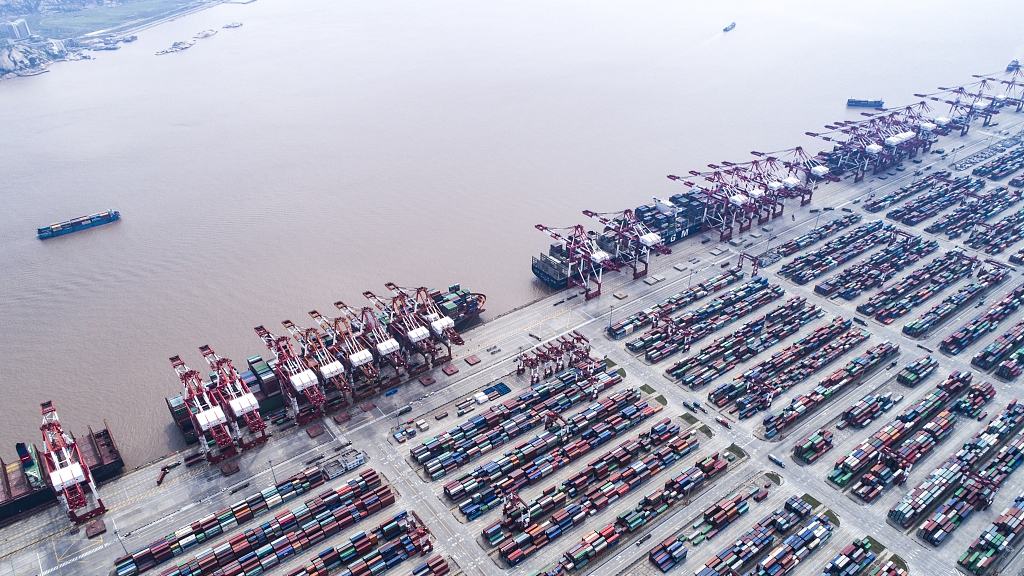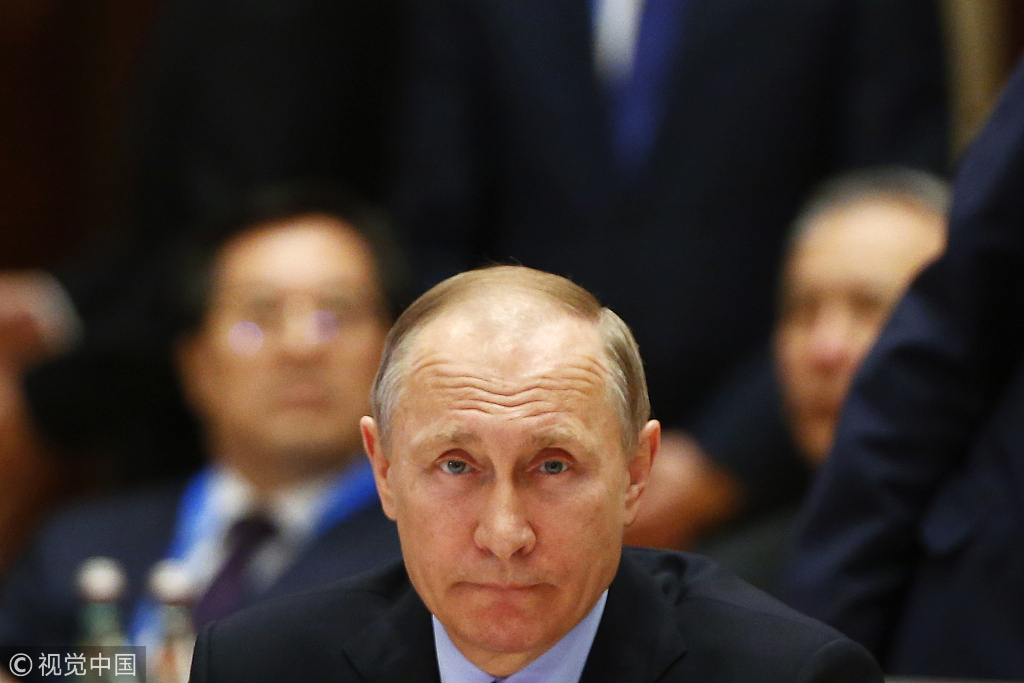
Opinion
21:59, 25-Feb-2019
Big data analysis clears BRI's name
Updated
15:15, 01-Mar-2019
David Lee

Editor's note: David Lee is a consultant and author based in Beijing who works on cross-cutting themes of energy, health, international politics and international development. The article reflects the author's opinion, and not necessarily the views of CGTN.
China's Belt and Road Initiative (BRI) is the buzzword today. Big things are happening in BRI countries, with infrastructure projects building up connectivity, changing the landscape and impacting local lives.
However, such exciting developments have long been accompanied with concern and criticism. If you follow international news run by leading Western media, BRI stories have been fraught with such negative descriptions as debt trap diplomacy, non-transparency, unsustainability, among others.
Of course, it'd be naïve to believe that you can tell the truth simply by speaking louder than others. Interestingly, in international media, Western media organizations are indeed very loud speakers, though they are much outnumbered by their counterparts in non-Western countries.
So, to be fair and clear, the natural question would be, how is BRI really perceived by the majority of the international community? Well, considering the loudness of the Western media, it'd also be interesting to understand how their sentiment has been picked up by local media across different countries.

Russian President Vladimir Putin attends a summit at the Belt and Road Forum in Beijing, China, May 15, 2017. /VCG Photo
Russian President Vladimir Putin attends a summit at the Belt and Road Forum in Beijing, China, May 15, 2017. /VCG Photo
It's no easy task to answer the above questions, unless you have big data to provide an effective tool for scientific analysis. Bruegel, a Brussels-based think tank, has done just that earlier this month by providing an objective picture of how China's BRI is perceived across the world, including both BRI and non-BRI countries.
Using Global Database of Events, Language and Tone (GDELT) that monitors the world's broadcast, print, and web news across different countries in over 100 languages as data sources, the Bruegel report concludes that BRI is generally positively received. The world is divided into nine regions – Central Asia, Sub-Saharan Africa, East Asia & Pacific, Middle East and North Africa, Europe (the EU), Europe (the non-EU), North America, Latin America and the Caribbean, and South Asia. With zero indicating neutral perception, all regions except for South Asia score above zero; that is, positive perception about the BRI.
To look at more specifics, the most positive media sentiments appear in Central Asia and Sub-Saharan Africa. East Asia & Pacific, Middle East and North Africa, and EU countries follow in the positivity ranking, and all above world average. Even in North America, positivity still prevails, though just slightly above zero. In the only region where negativity prevails, Maldives, Bhutan, and India, the three South Asian countries, respectively rank first, eighth, and ninth among all countries in terms of the most negative media perception.
The Bruegel report hasn't provided analysis for such findings, which nevertheless offer some very interesting nuances open to interpretation. I'm not in a position to offer any scientific cause and effect study just yet, but I'd like to just have a try at some very rudimentary reasoning.

Chinese workers help to build a new train station in Beliatta in a southern province near Hambantota which is Chinese managed and designed in Beliatta, Sri Lanka, November 18, 2018. /VCG Photo
Chinese workers help to build a new train station in Beliatta in a southern province near Hambantota which is Chinese managed and designed in Beliatta, Sri Lanka, November 18, 2018. /VCG Photo
For one, the majority of international media organizations do perceive BRI positively. Well, oftentimes a layman international news reader might not even know the names of specific local news organizations, but numerous less known local media outlets do have a voice, sometimes proven to be even more emphatic and credible with local audiences.
Two, there is a wide gap between American and European sentiments when it comes to BRI perception. Media as a skilled art is well developed in Western societies, in a way that news stories would at least on the surface include views representing both sides of the coin. That said, a news organization “with attitude” would, in essence, do the spin doctor's job to adjust the tone. Thus, juxtaposing development opportunities and potential challenges of BRI projects would sometimes mutate into one side of the story overwhelming the other, and such alarmist cases may well happen more frequently with American media organizations than with their European counterparts.
In addition, it must be admitted that loud speaking does have an impact, as at least partially reflected in the peculiar case of South Asia. Of course, the overall negativity in the region must be put into perspective; that is, persistent geopolitical concerns and stratagems outside of the economic development rationale. Even so, negativity by leading Western media may play a role in reinforcing local sentiments.
All said, I laud the Bruegel exercise as a meaningful first step towards objective understanding. The use of big data is especially encouraging, as it provides a scientific tool in the spirit of the modern times to navigate through much noise and see the truth. While glad that the Bruegel report offers to the world an eureka moment about true BRI sentiments, I'd hope more research to continue along this promising path.
(If you want to contribute and have specific expertise, please contact us at opinions@cgtn.com.)

SITEMAP
Copyright © 2018 CGTN. Beijing ICP prepared NO.16065310-3
Copyright © 2018 CGTN. Beijing ICP prepared NO.16065310-3